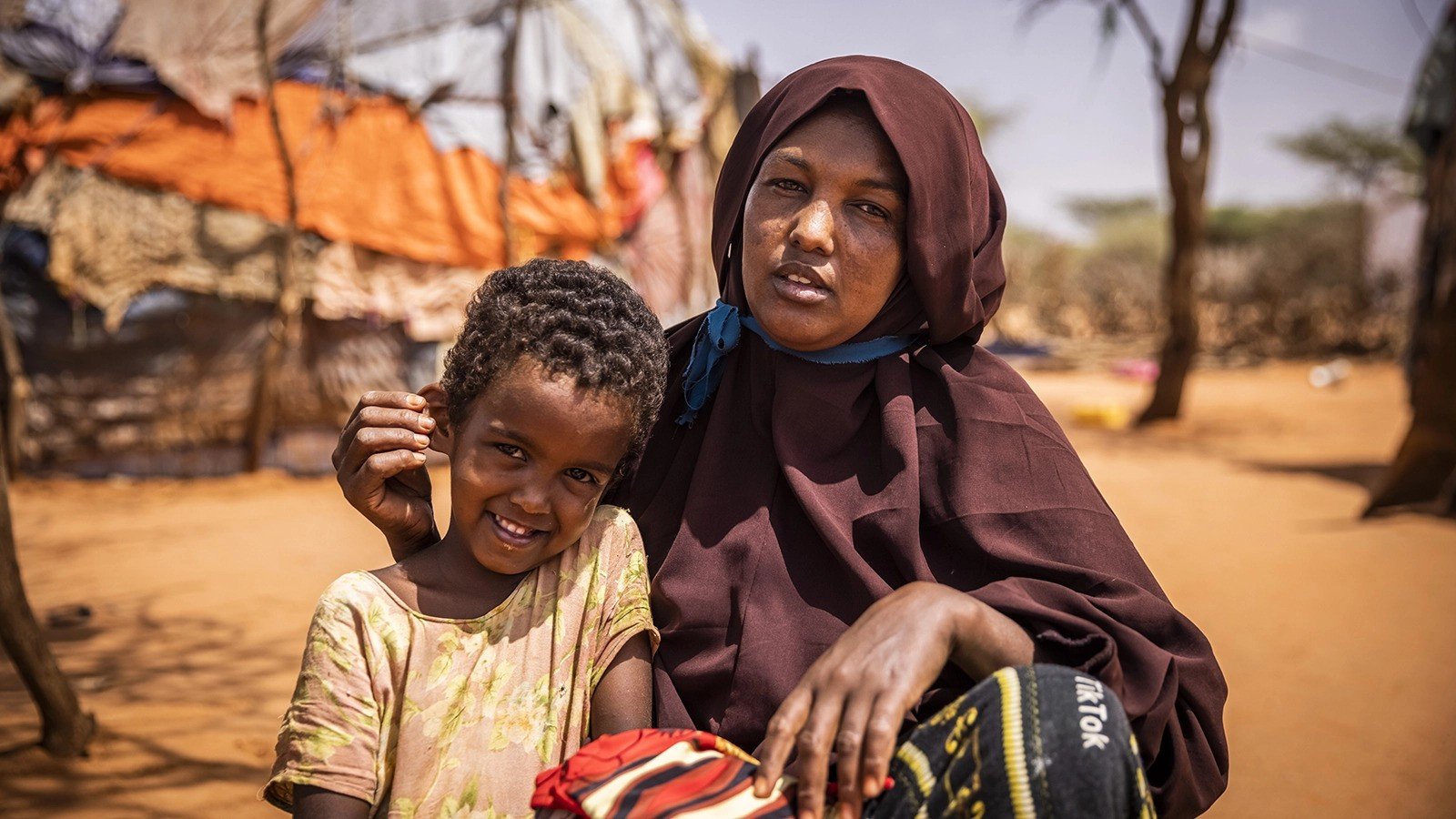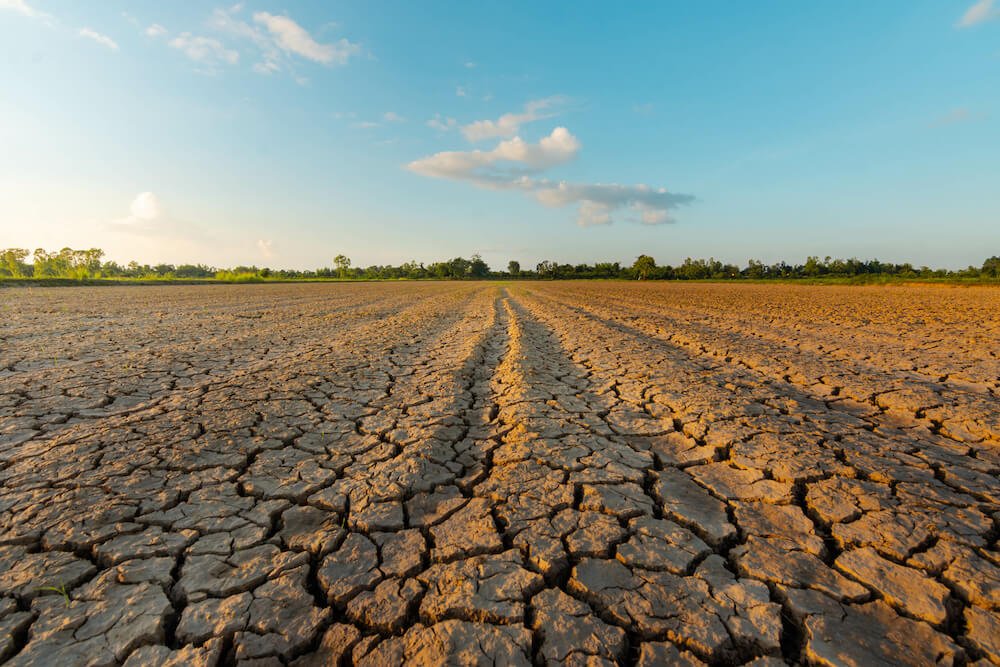
Does location cause an inequality in development?
By Rory Flynn
“As long as poverty, injustice and gross inequality exist in our world, none of us can truly rest.”
-Nelson Mandela
The availability and quality of transportation infrastructure including roads, railways and ports have a significant impact on economic development, although this effect is felt more indirectly. These areas can more effectively facilitate the movement of people and goods, which reduces the cost of doing business and also can create jobs. Regions with superior transportation infrastructure commonly have lower transportation costs and greater access to markets, which can help to stimulate economic growth. Hong Kong, which leads the ranking in the Urban Mobility Readiness Index 2022 as the world’s best city for public transport, includes railways, franchised buses, ferries and trams. To contrast, areas with substandard infrastructure face higher costs and may be isolated from many of the world’s markets, leading to economic stagnation. Investment is discouraged by poorly maintained roads, inadequate ports and other inferior hubs of transport, as these factors make it difficult for businesses to reach customers and suppliers which further lowers economic productivity. Transportation infrastructure can also contribute to inequalities between urban and rural areas. Urban areas, commonly with more progressive transportation, are given a significant economic advantage over rural areas with development occurring at a greater rate within these urban regions. Rural areas may not be reached by transportation infrastructure, or the quality may decrease as you exit the city. Therefore, economic agents are limited to a smaller market, increasing the difficulty for them to access the goods and services necessary for them to sustain their business. This further perpetuates the urban-rural divide.
Climate and environmental conditions are influenced by the geographical location of an area, which can heavily impact economic development. Areas with more favourable climates and environmental conditions, such as mild temperature, fertile soils and abundant water resources, are more likely to support economic growth. Costa Rica boasts these characteristics and subsequently has promoted sustainable economic development through the maintenance of its forests, rivers and coastlines. These resources are essential for supporting biodiversity, preserving ecosystem services, and supporting sustainable tourism. Areas with harsh climates, natural disasters or environmental degradation may struggle to maintain economic growth or attract investment in order to boost the development of their economy. Devastation of business may occur due to droughts, floods or extreme weather, which would negatively impact economic growth of the affected region. The negative impact of climate and environmental conditions can also be felt disproportionately by marginalised communities, such as those living in poverty or rural areas. These communities often lack access to the resources and infrastructure required to adapt or mitigate the challenges posed by a less favourable climate, which can lead to greater economic inequality.
Are we foredoomed by the location of our birth?
There are a multitude of factors which are affected by geographical location, which can either directly or indirectly influence inequalities in economic development. This inequality can then lead to more significant worldwide issues such as poverty, social unrest and environmental degradation.
One of the most notable factors affected by geographical location is the availability and ease of access to natural resources, which can directly contribute to economic development. Areas with an abundance of resources ranging through oil, gas, and minerals tend to be more economically prosperous, if these assets can be obtained effectively and sustainably. Furthermore, these areas often attract investment and create jobs which swells the multiplier effect, contributing to outstanding economic expansion. For example, countries, such as Saudi Arabia and the United Arab Emirates (with significant oil reserves) tend to have higher levels of economic activity than those without these resources. Conversely, areas with limited natural resources may struggle to develop economically, as they lack one of the many key components of trade. This further creates disparities in economic development between regions, which can lead to economic, but also social, challenges, including migration, conflict and poverty.
The geographical location of an area can significantly influence economic development, with a range of factors impacting the prosperity and growth of a region. Natural resource availability, transportation infrastructure and environmental conditions all play a role in determining the economic potential of an area. While areas with an abundance of resources or superior infrastructure may experience economic growth, those lacking in these factors may struggle to develop, leading to disparities in economic development between regions. It is important to consider these factors when attempting to address economic inequality, with sustainable development strategies and targeted investments in infrastructure and resources essential to promote equitable economic growth. By recognising the impact of geography on economic development, we can work towards creating more balanced and prosperous societies, whilst also preserving the natural resources and ecosystems that sustain us.
Now, how do we solve this problem..?








